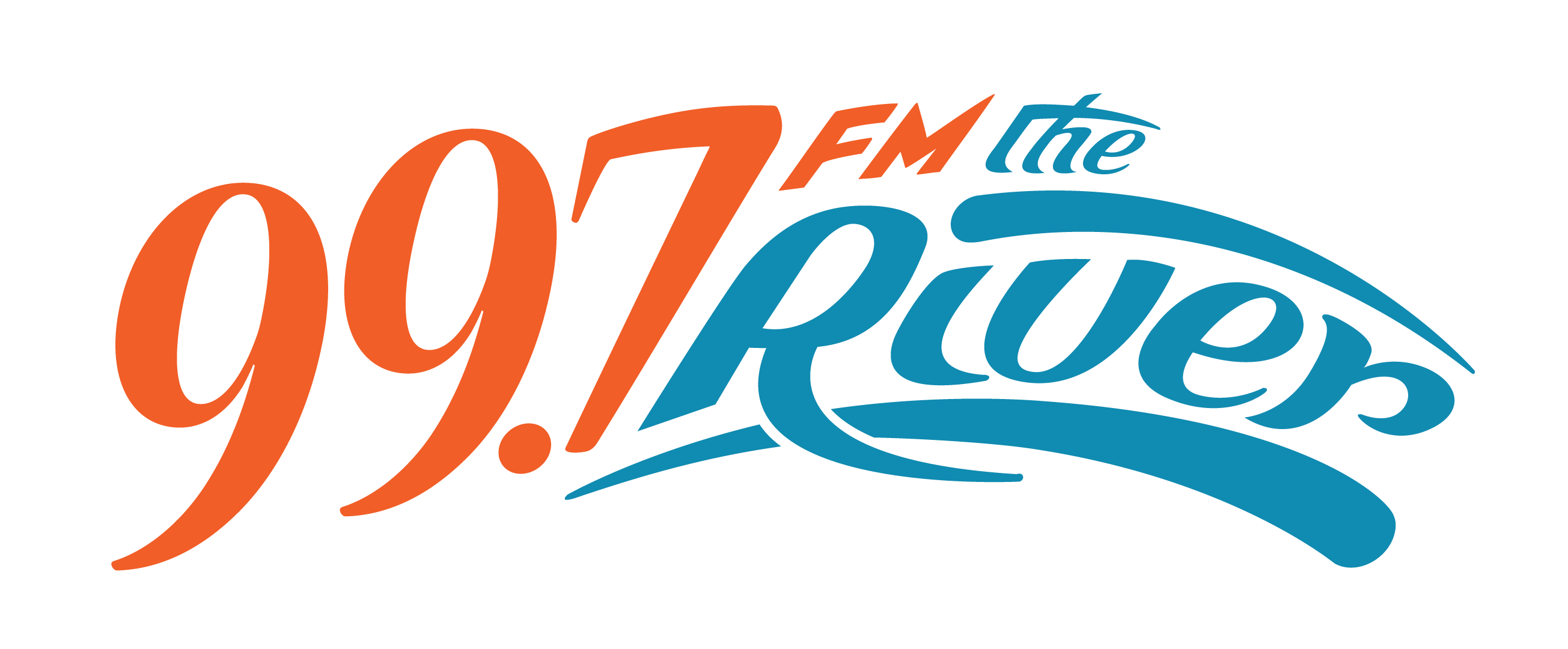CAMPBELL RIVER, B.C. – BC Hydro has some good news.
Spokesperson Stephen Watson said that as part of the initial seismic upgrade plans for the John Hart Dam, the local reservoir level would have to be lowered by about ten metres.
Watson said that now, this might not be the case.
“Recent site investigations now indicate that the drawdown is unlikely to be needed. If confirmed during the next stages of design and construction planning this will be a very positive development for the project and the community,” Watson noted in a press release.
“The reason for the shift is this past summer’s drilling results in the reservoir were better than expected. Over the last three years of project planning we’ve been expecting that we would need a reservoir drawdown, but this summer’s drilling work results showed that the soils on the bottom of the reservoir just upstream of the middle earth-fill dam were more compact than anticipated. We’ve now determined that a reservoir drawdown during the construction period is unlikely to be needed.”
Watson said that BC Hydro is in the process of planning for isolating the work areas within the reservoir near the dam.
“It looks like a dredging process may be used to remove the top layer of loose material along the reservoir bottom to get to the good compacted soils, and then we will place rock material within those areas to widen the dam in strengthening its seismic withstand,” Watson added.
“Turbidity will be isolated to specific in-reservoir work zones by silt curtains that will hang from the reservoir surface to the bottom. We expect this to keep the turbidity away from the City’s water supply intake and from going downstream into the salmon habitat. This is good news for domestic water supply and fish habitat considerations.”
Watson said that Hydro has been meeting with stakeholders, government agencies and local First Nations to discuss their plans in the area during the project process.
One such First Nation includes the Wei Wai Kum Nation. Their residential community is downstream of the dam beside the estuary.
“Our First Nation (had) never been consulted when this dam system was built and the safety of our people from a catastrophic failure has long been a concern,” said Wei Wai Kum Nation Chief, Chris Roberts, in the Watson-issued release.
“This project is about downstream community safety and we support a seismically safe dam. Yet we were concerned about the lowering of the reservoir and the resulting turbidity that could have impacted the community’s drinking water, along with how that would impact fish and fish habitat. It appears that now those two issues are looking much better.”
BC Hydro is in the design stage of the proposed project.
This will see upgrades to the earth-fill sections of the dam; create a passive overflow spillway under the road deck near the spillway, to the replacement of the three spillway gates and related works.
Project construction could begin in 2022.



